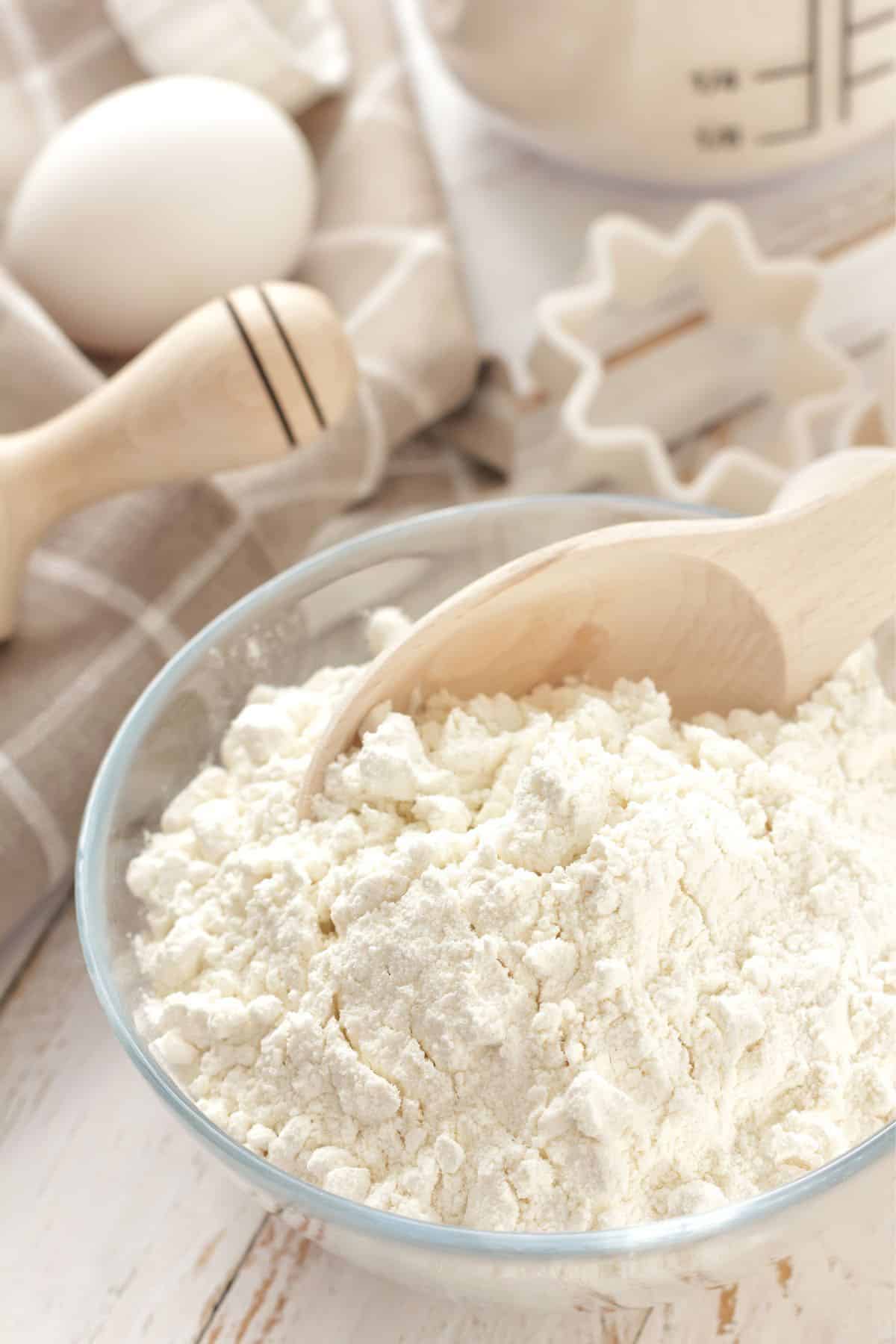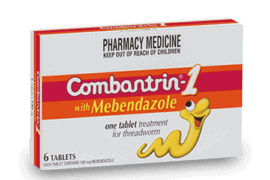Is All-Purpose Flour Plain? Unraveling the Baking Mysteries for Parents
Hey there, baking enthusiasts and curious parents! Are you embarking on a culinary journey through the whimsical world of baking with your little sous-chefs? One of the first roadblocks you might encounter is understanding the different types of flour. Today, we’re going to untangle the often confusing question: Is all-purpose flour the same as plain flour? Let’s whisk through this together and turn you into a flour expert in no time!
The Basics of All-Purpose Flour
First things first, let’s sift through the basics. All-purpose flour is the quintessential workhorse of the flour world. It’s versatile, dependable, and probably sitting in your pantry right now! But why is it called all-purpose? It’s because this flour is designed to perform consistently well in a variety of baked goods, from bread to biscuits to those delightful cupcakes your kids love.
What Makes All-Purpose Flour Unique?
- Protein Content: All-purpose flour typically has a moderate protein content, hovering between 9% to 12%. This middle-of-the-road protein level is what makes it so adaptable, providing enough structure to breads and just enough tenderness to cakes and pastries.
- Wheat Variety: Manufacturers often blend hard and soft wheat varieties to create the perfect balance for all-purpose flour’s texture and baking qualities.
- Processing: During milling, the wheat is ground, and the bran and germ are removed, leaving mostly the endosperm. This process ensures a lighter flour that is more refined and has a longer shelf life.
Plain Flour: A Flour by Any Other Name?
Now, onto the main query: Is plain flour the same as all-purpose flour? The answer is a delicious yes! Plain flour is simply another name for all-purpose flour, used more commonly in countries like the UK and Australia. In essence, plain flour and all-purpose flour are interchangeable terms describing the same product. You can confidently use them in recipes without tweaking anything.
How to Use All-Purpose (Plain) Flour
All-purpose flour is ideal for those everyday baking projects, and it’s forgiving too, which is perfect when baking with kids. Here are some top tips for using all-purpose flour effectively:
- When measuring, spoon the flour into the measuring cup and level it off with a knife for accuracy. No packing or tapping!
- For an airier texture in cakes, consider sifting the flour before adding it to your mix.
- All-purpose flour can be substituted one-for-one for plain flour. If your recipe calls for self-rising flour, add 1 ½ teaspoons of baking powder and ¼ teaspoon of salt per cup of all-purpose flour to make your own.
Armed with the knowledge about all-purpose and plain flours, you’re off to a great start in the kitchen. Remember, engaging with your children in baking not only helps them learn basic cooking skills but also introduces math through measuring, boosts their confidence, and creates heartwarming memories.
Stay tuned, as we’ll be diving deeper into tips for crafting the perfect dough, the science behind gluten development, and answering more of your commonly asked flour questions. Happy baking, and let’s continue this flavorful adventure!

5 Things Parents Should Know When Preparing with All-Purpose Flour
Before you tie on those aprons and start preheating the oven, here are five essential things every parent should know about working with all-purpose flour:
1. Understanding Gluten’s Role
All-purpose flour contains gluten, which provides elasticity and strength to dough. When mixed with water, gluten proteins form a web-like structure that traps air, making your baked goodies rise and giving them texture. It’s important to mix just enough to combine ingredients, as over-mixing can lead to tough treats.
2. Swapping Flours with Care
While all-purpose flour is incredibly versatile, you may come across recipes that call for cake flour or bread flour. These specialized flours have different protein contents which impact the texture of baked goods. If you need to substitute, do so mindfully, understanding that the final product’s texture may change slightly. A good rule of thumb is to use a little less all-purpose flour when subbing for cake flour, or a bit more when replacing bread flour.
3. Storing Flour Properly
Flour can absorb odors, humidity, and even pests if not stored properly. To keep it fresh, store your all-purpose flour in an airtight container in a cool, dry place. If you plan on stashing it for an extended period, consider keeping it in the refrigerator or freezer to prolong its shelf life—just bring it to room temperature before using.
4. Including Kids in the Baking Process
Baking is a fantastic way to bond and educate. All-purpose flour can be the foundation for teaching moments about measurement accuracy, ingredient functions, and chemical reactions in the oven. Plus, the tactile experience of working with dough can be a delight for children of all ages. Encourage your kids to get their hands floury (and a little messy) for a fun learning experience!
5. Going Beyond Baking
Let’s not forget, all-purpose flour isn’t just for cookies and cakes! You can use it to thicken sauces, coat meat or vegetables for frying, and even make playdough for the little ones. It truly lives up to its name, being all-purposeful around the kitchen. So get creative and explore the many uses of this pantry staple beyond baking.
There you have it, parents—the flour power you need to embark on a bakery bonanza with your kiddos! As you continue to work with all-purpose flour, you’ll gain confidence and expertise, and soon you’ll be baking up a storm. Just remember, whether you’re making a simple loaf of bread or an elaborate birthday cake, the key ingredient is always a sprinkle of fun.
Happy baking, and let’s continue this flavorful adventure!
For more great articles please see here. For more information see here
Disclaimer
The articles available via our website provide general information only and we strongly urge readers to exercise caution and conduct their own thorough research and fact-checking. The information presented should not be taken as absolute truth, and, to the maximum extent permitted by law, we will not be held liable for any inaccuracies or errors in the content. It is essential for individuals to independently verify and validate the information before making any decisions or taking any actions based on the articles.




